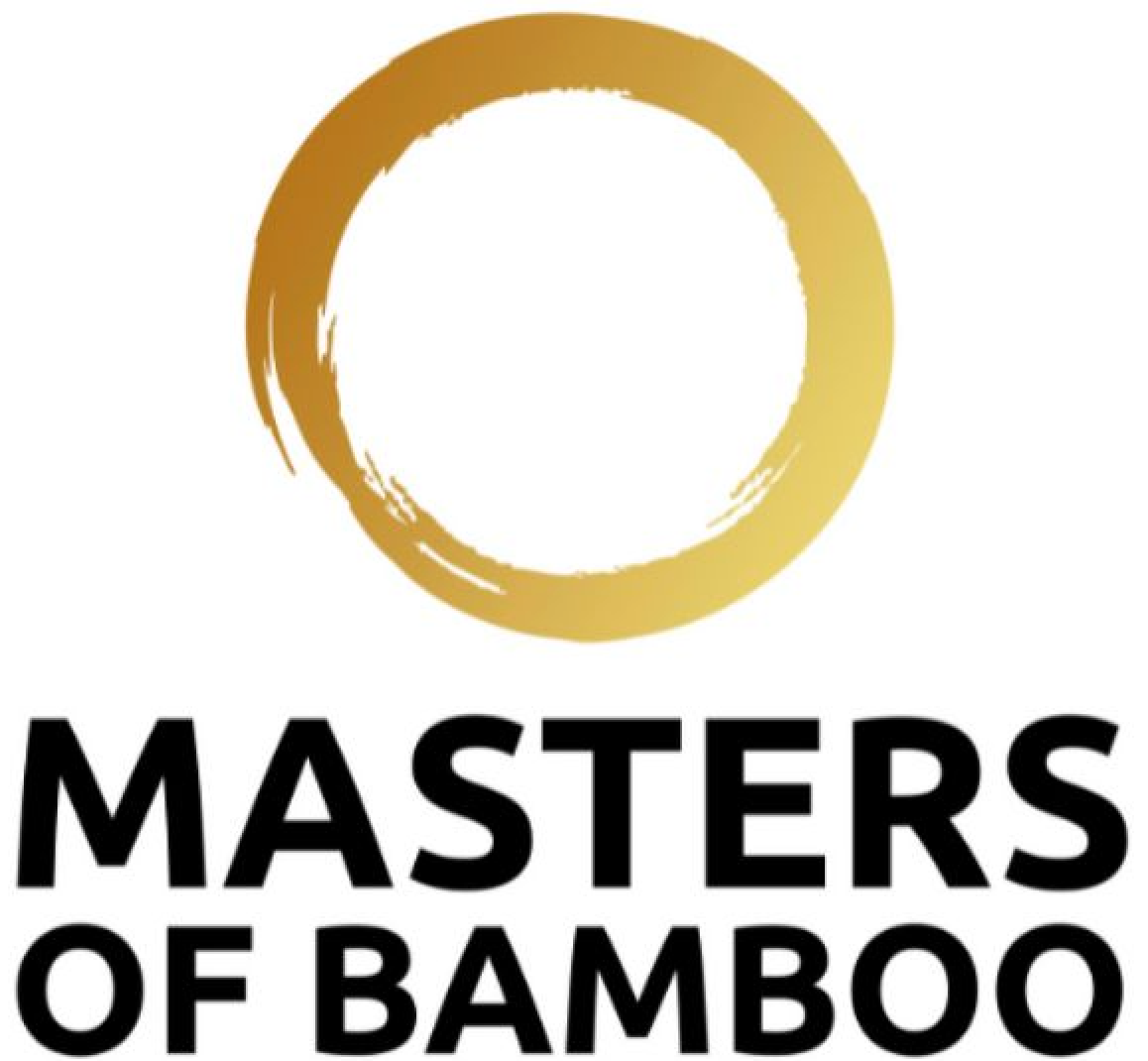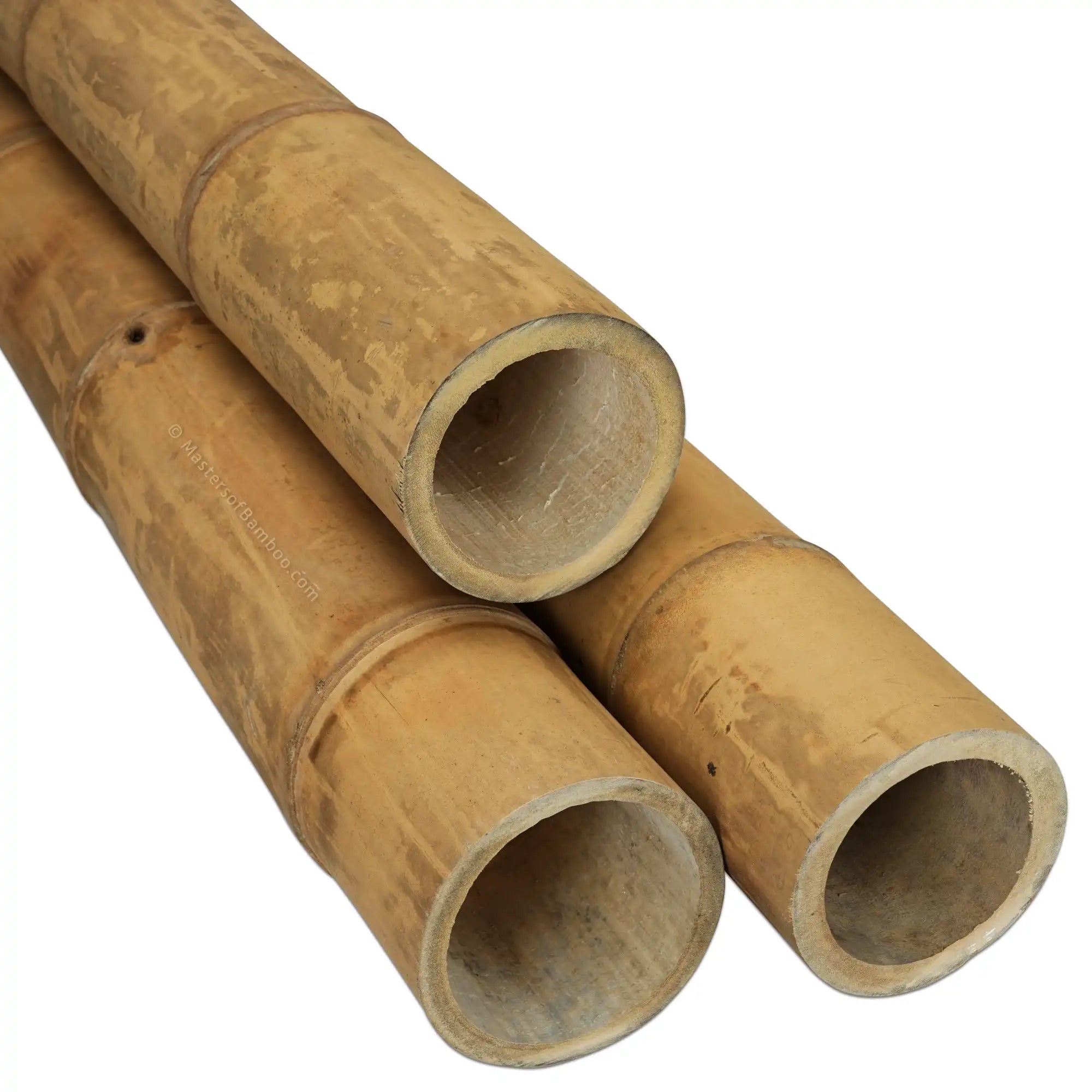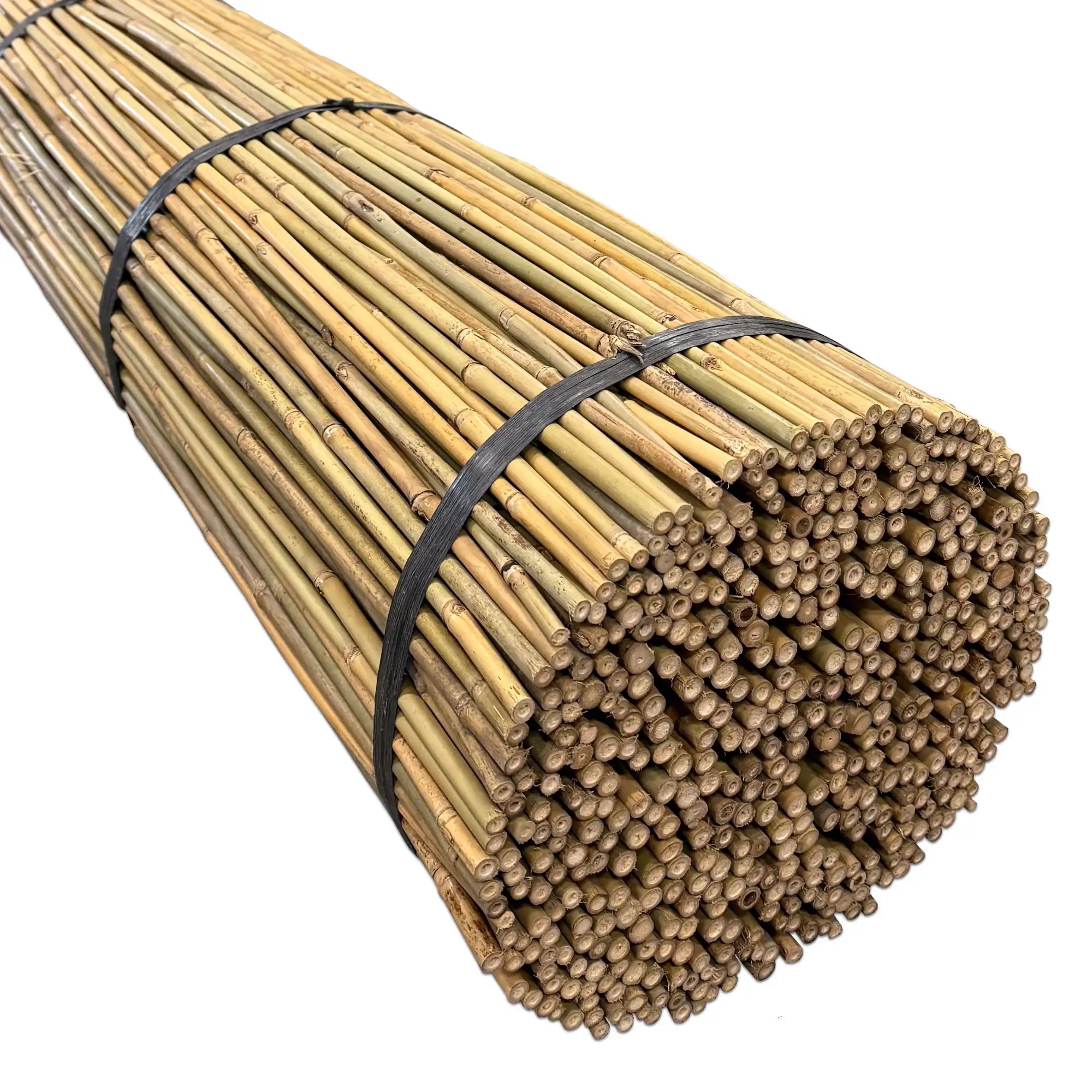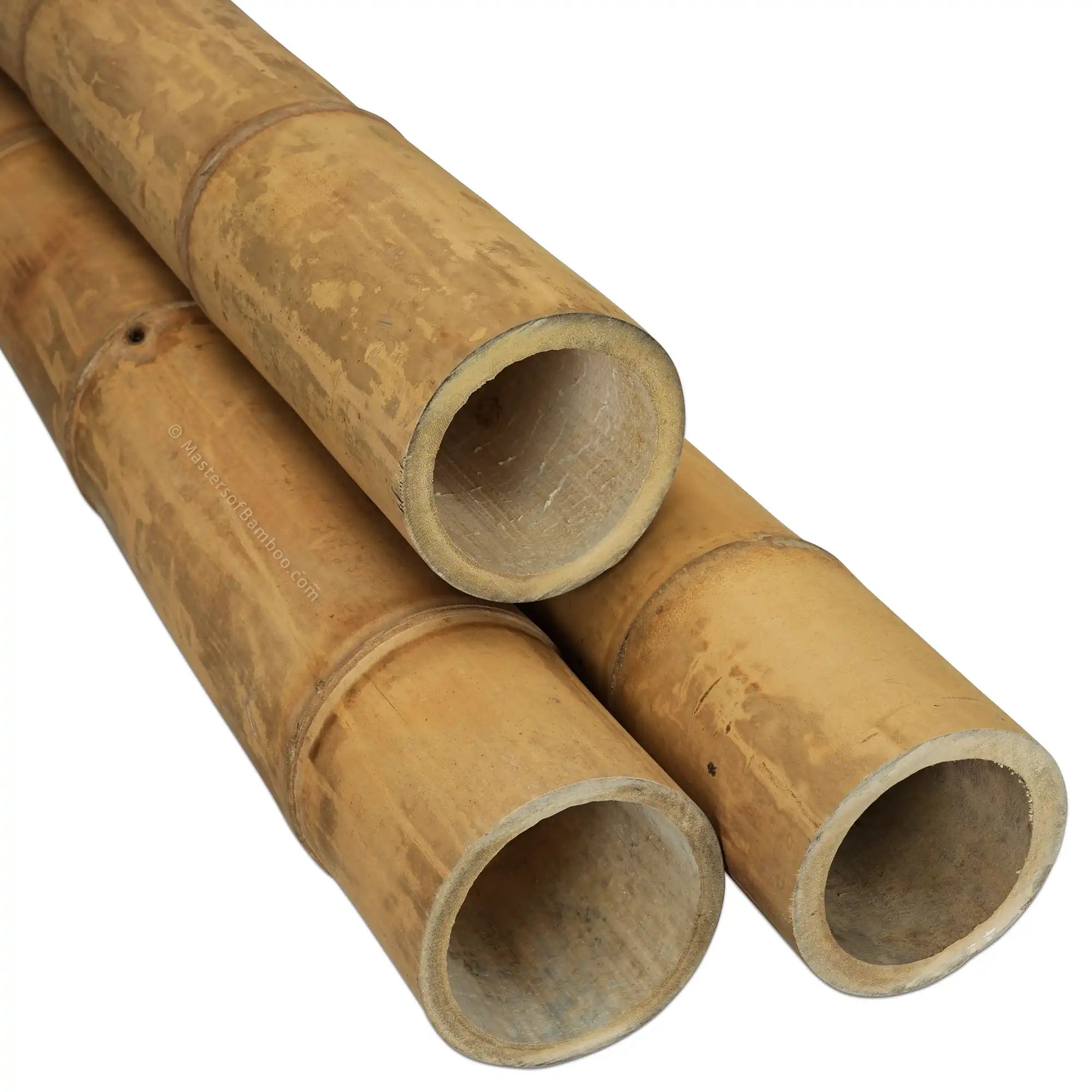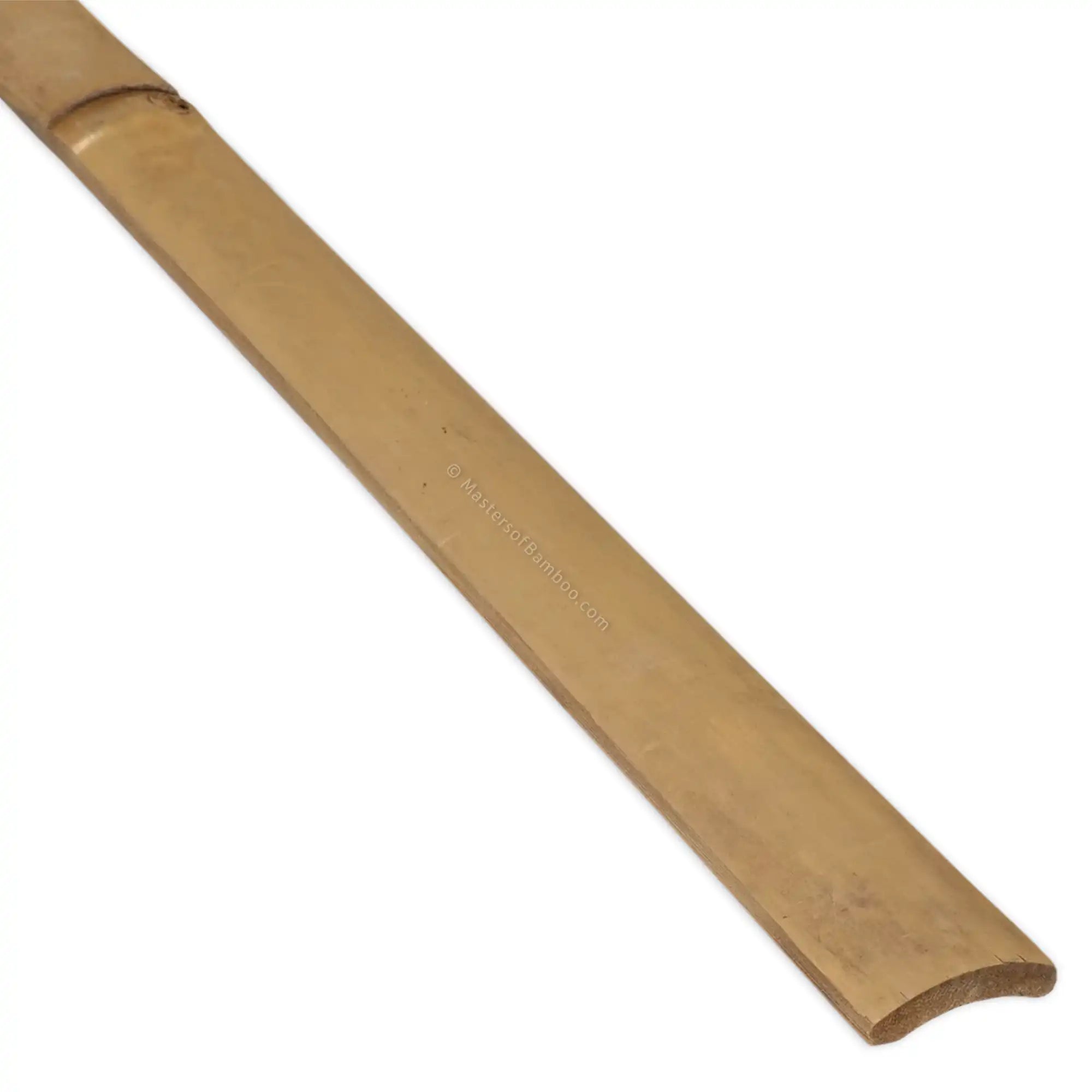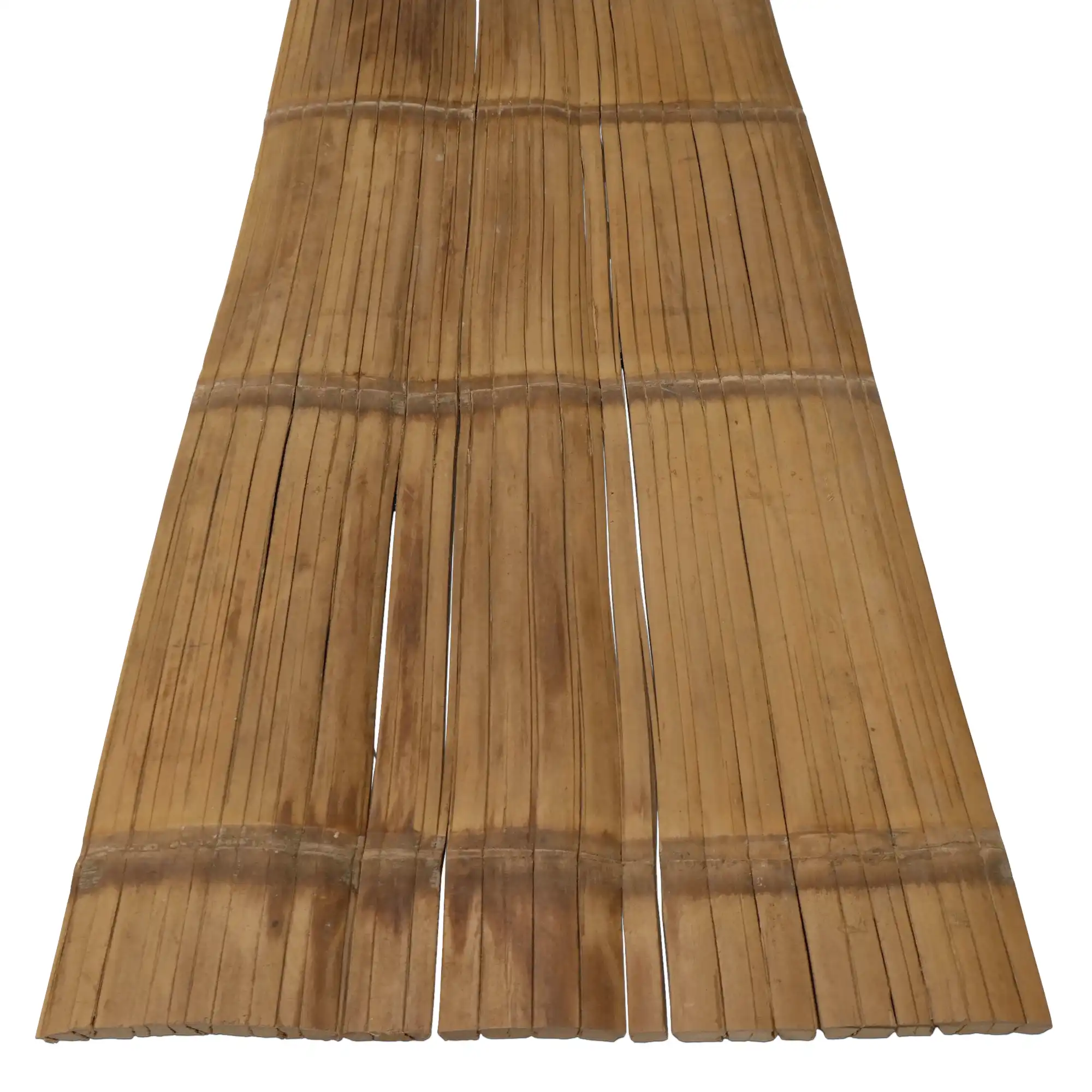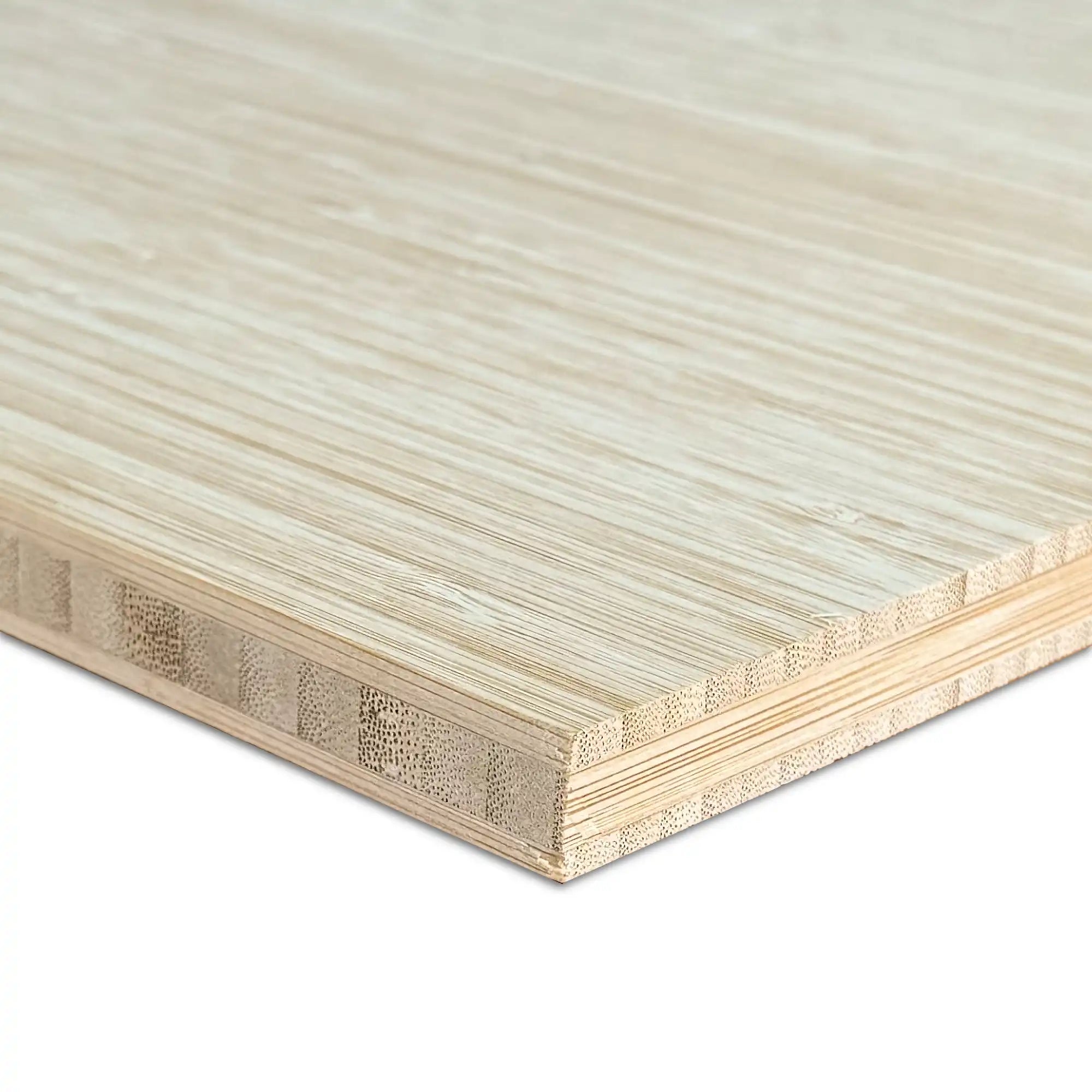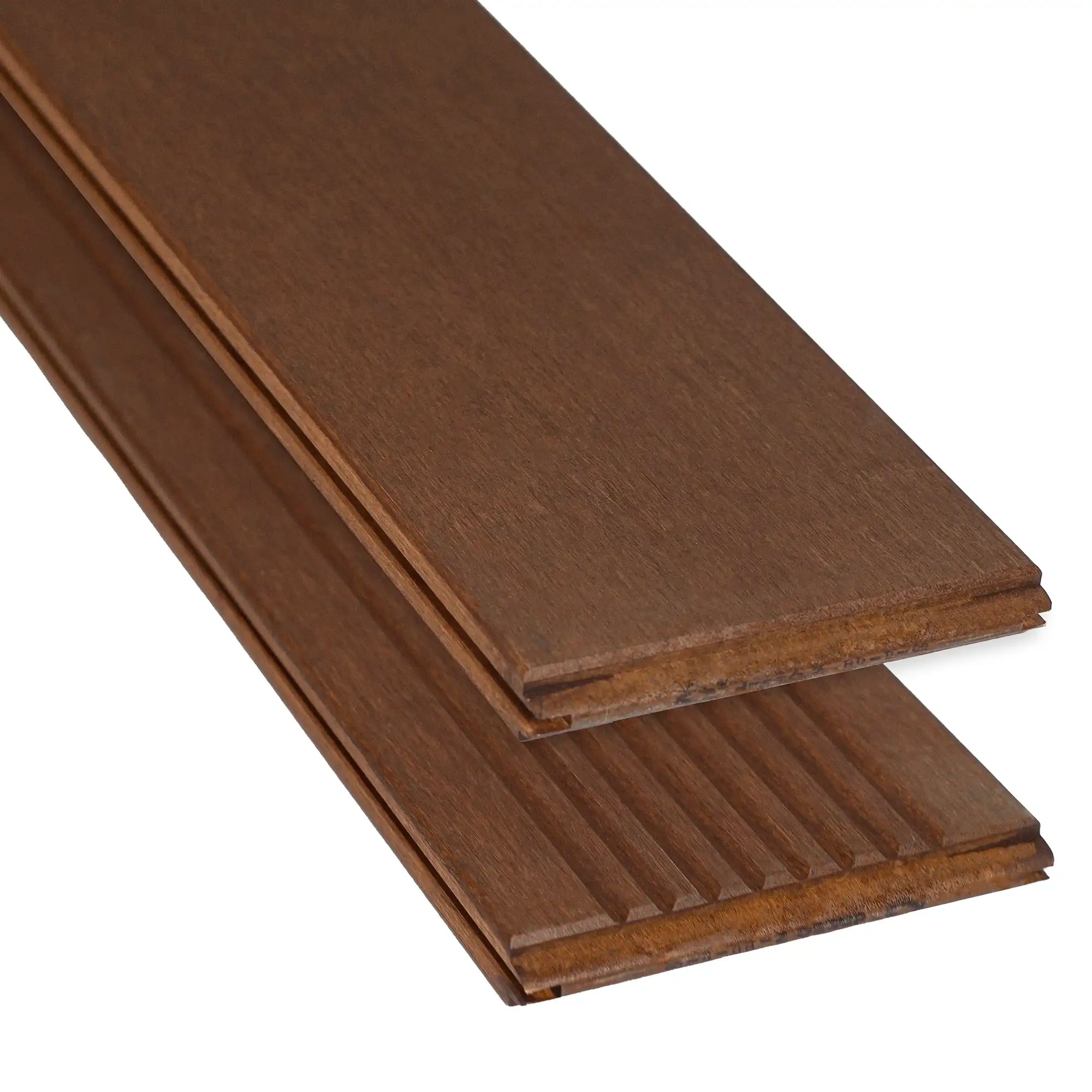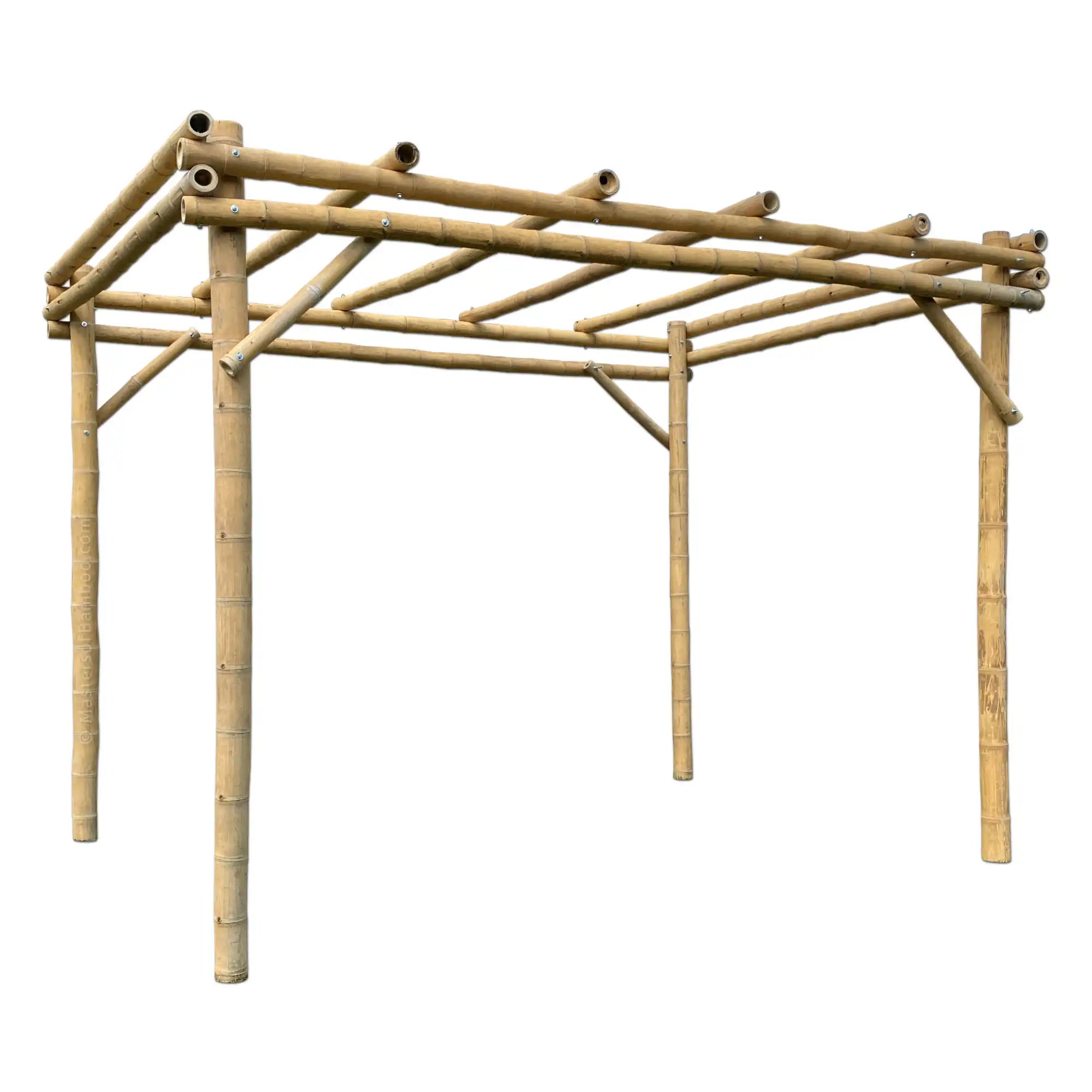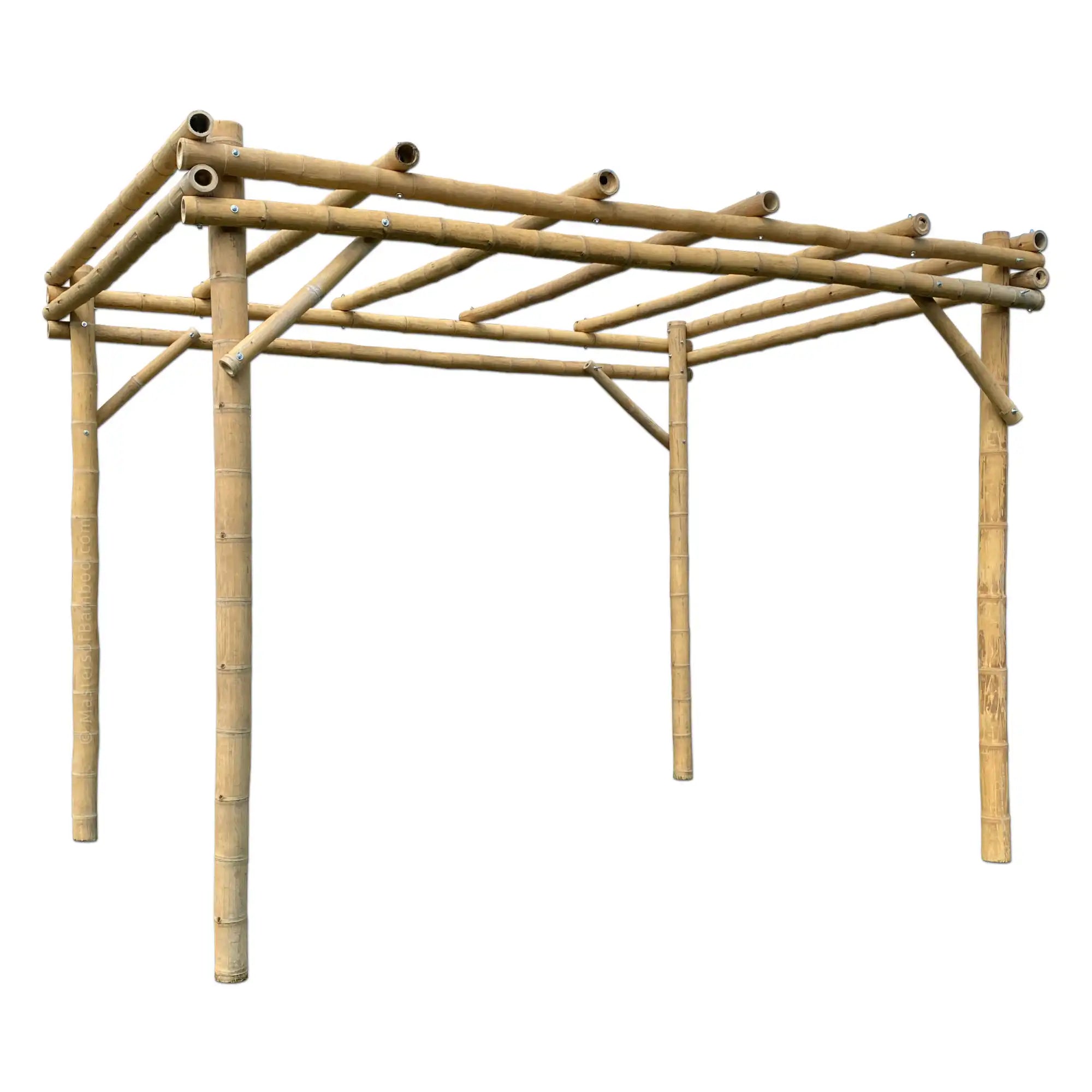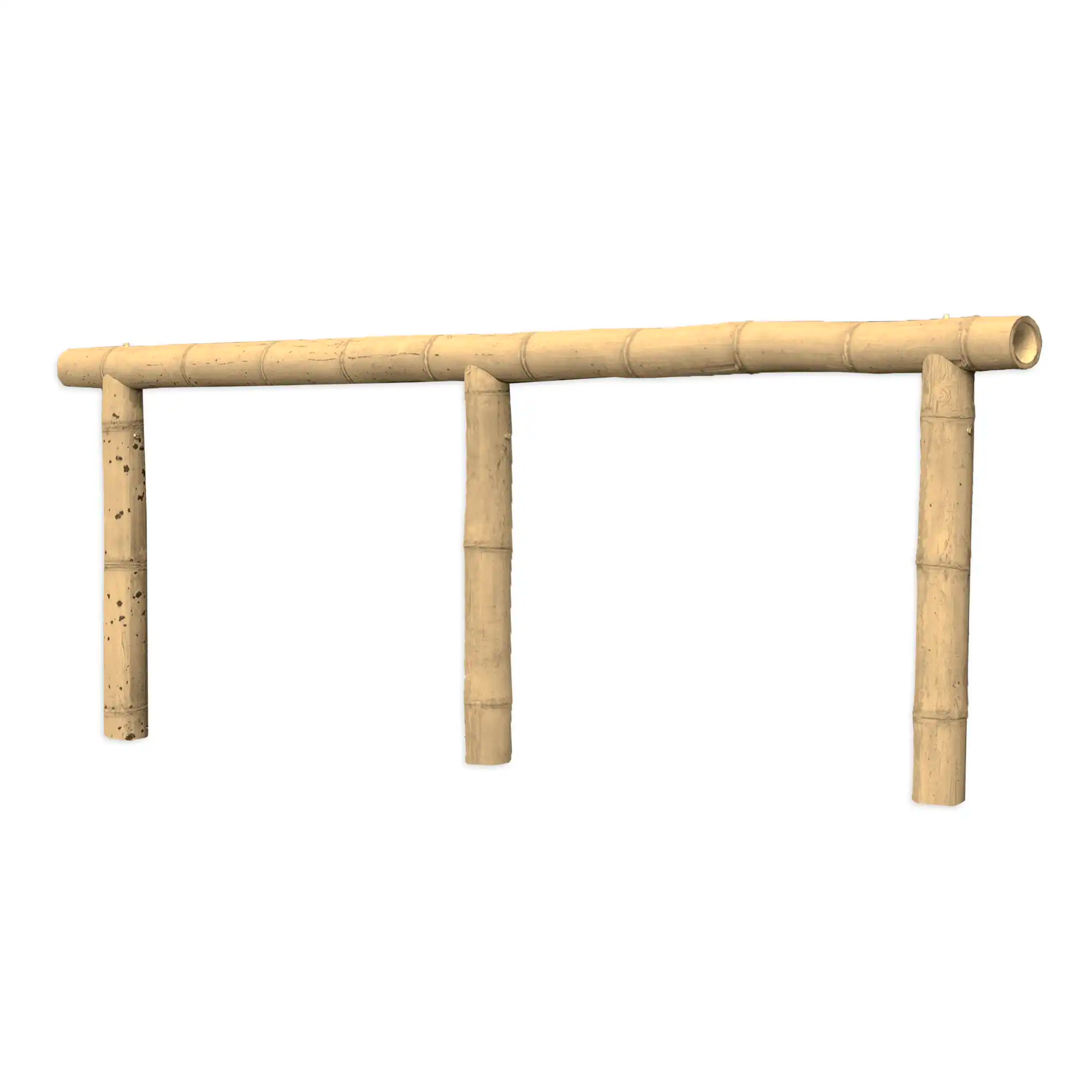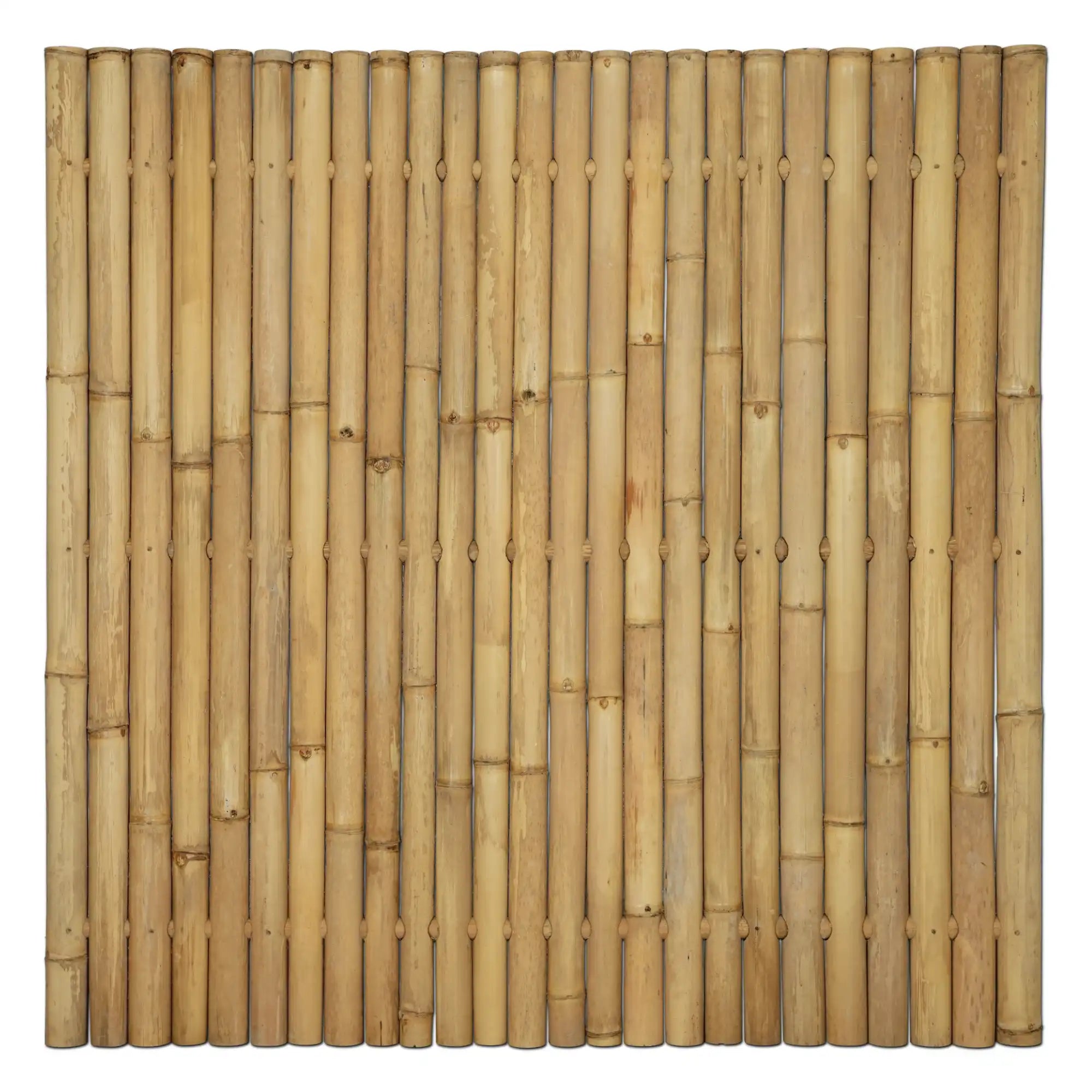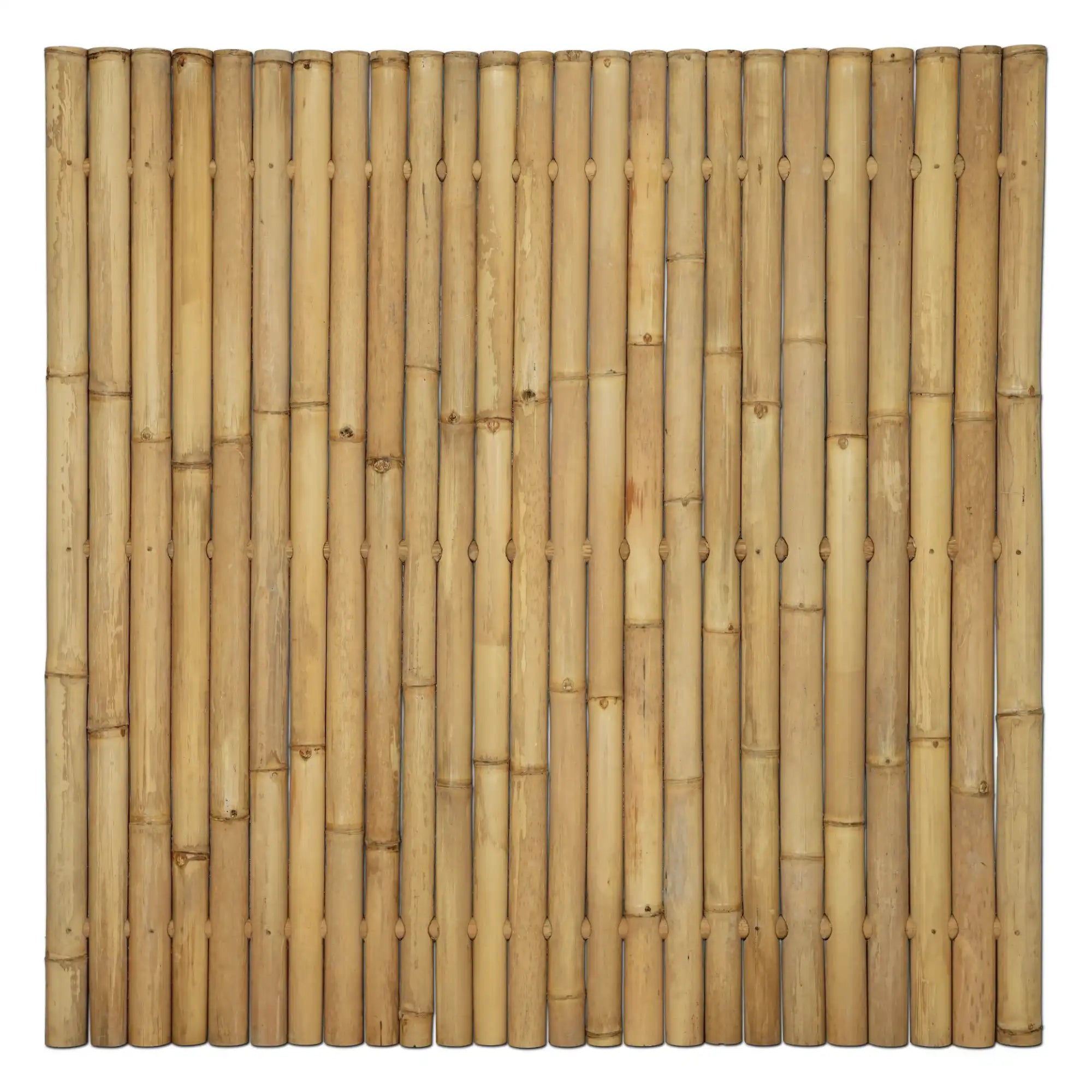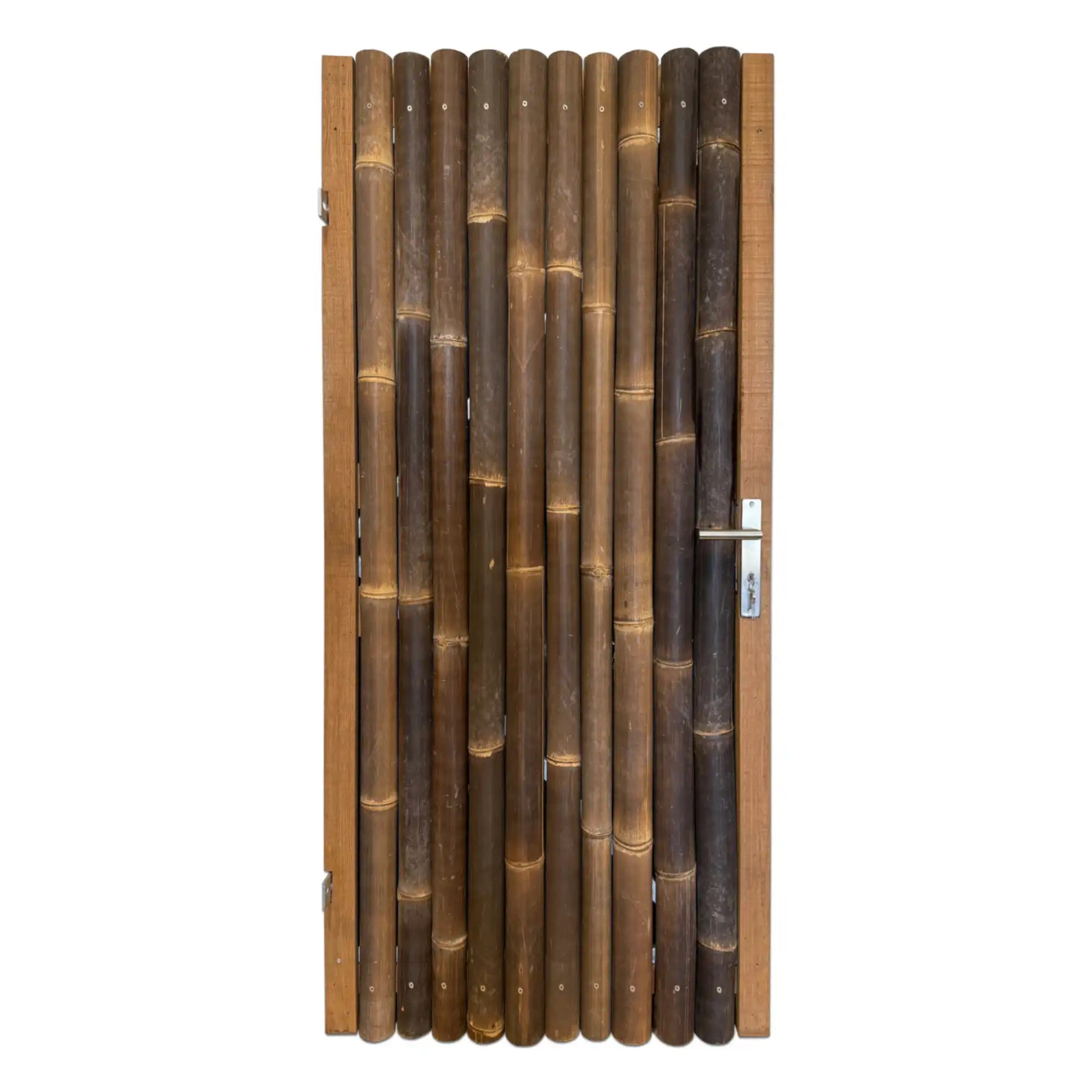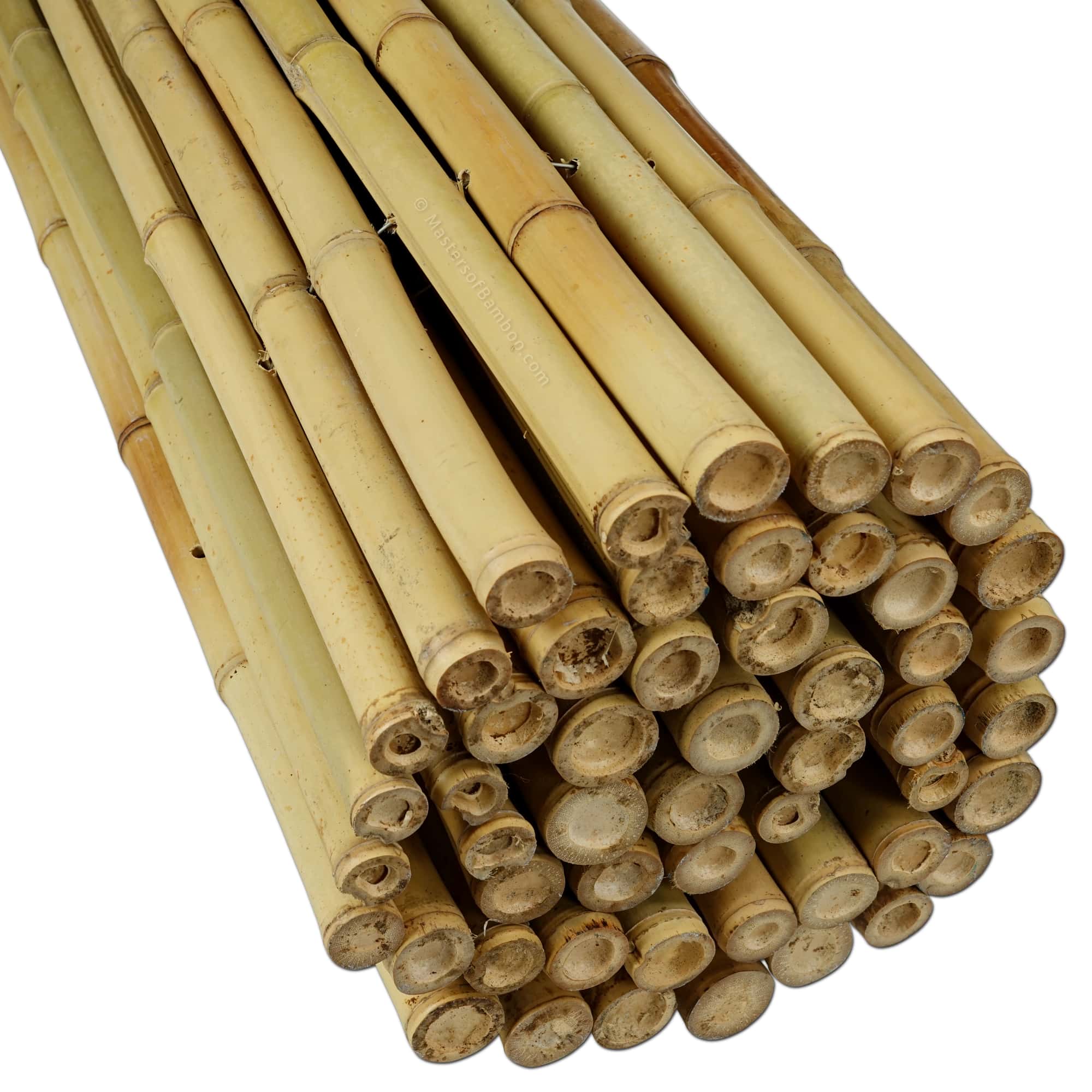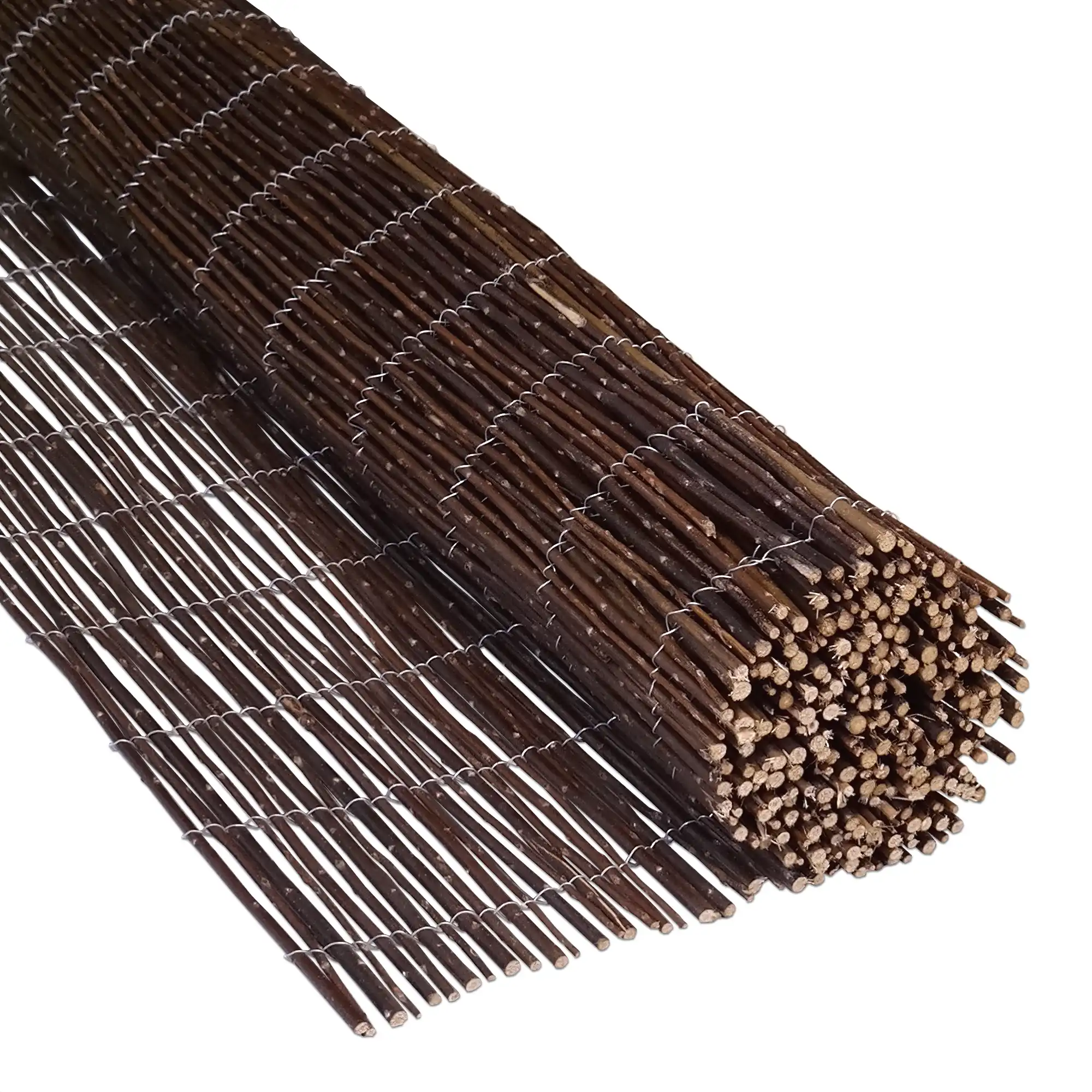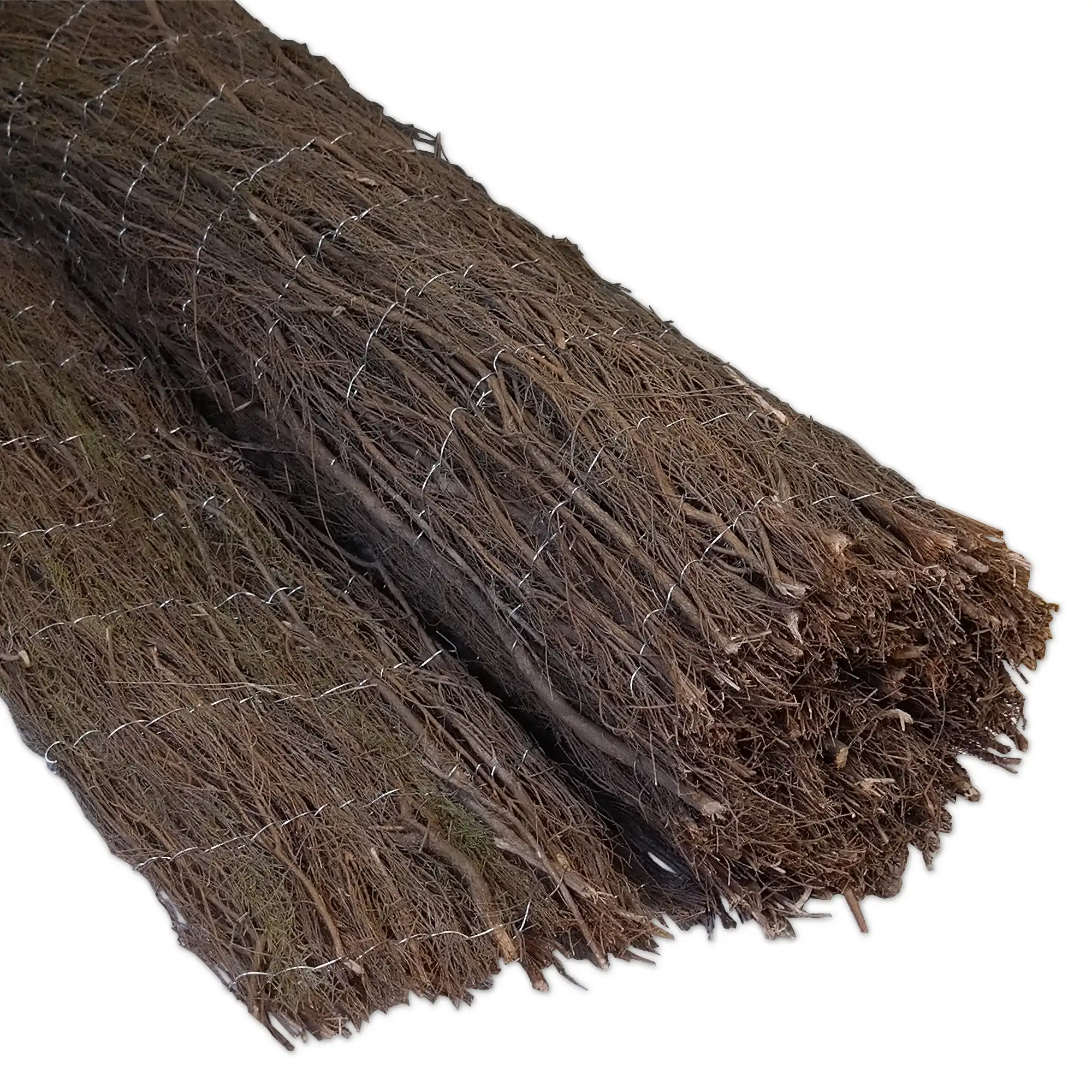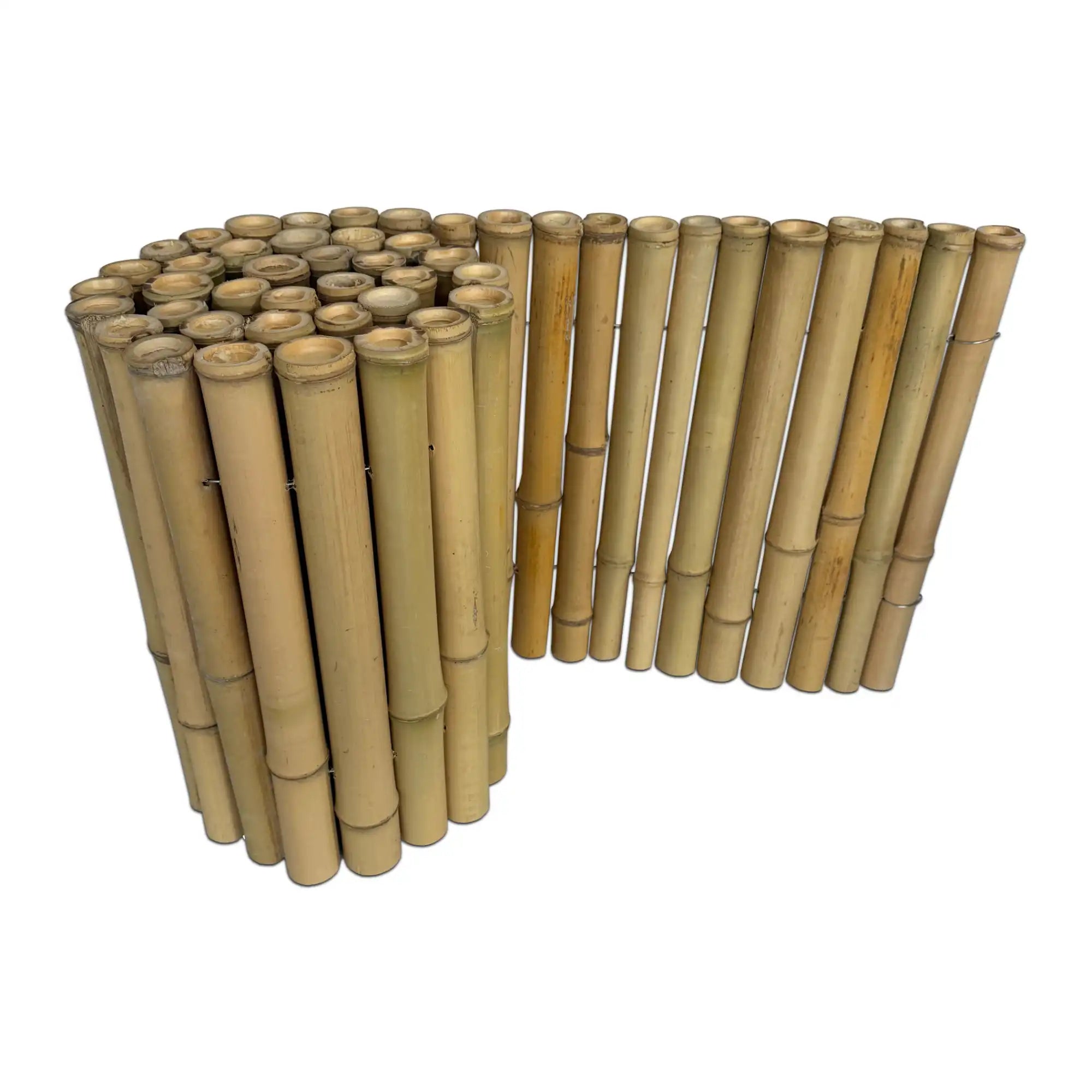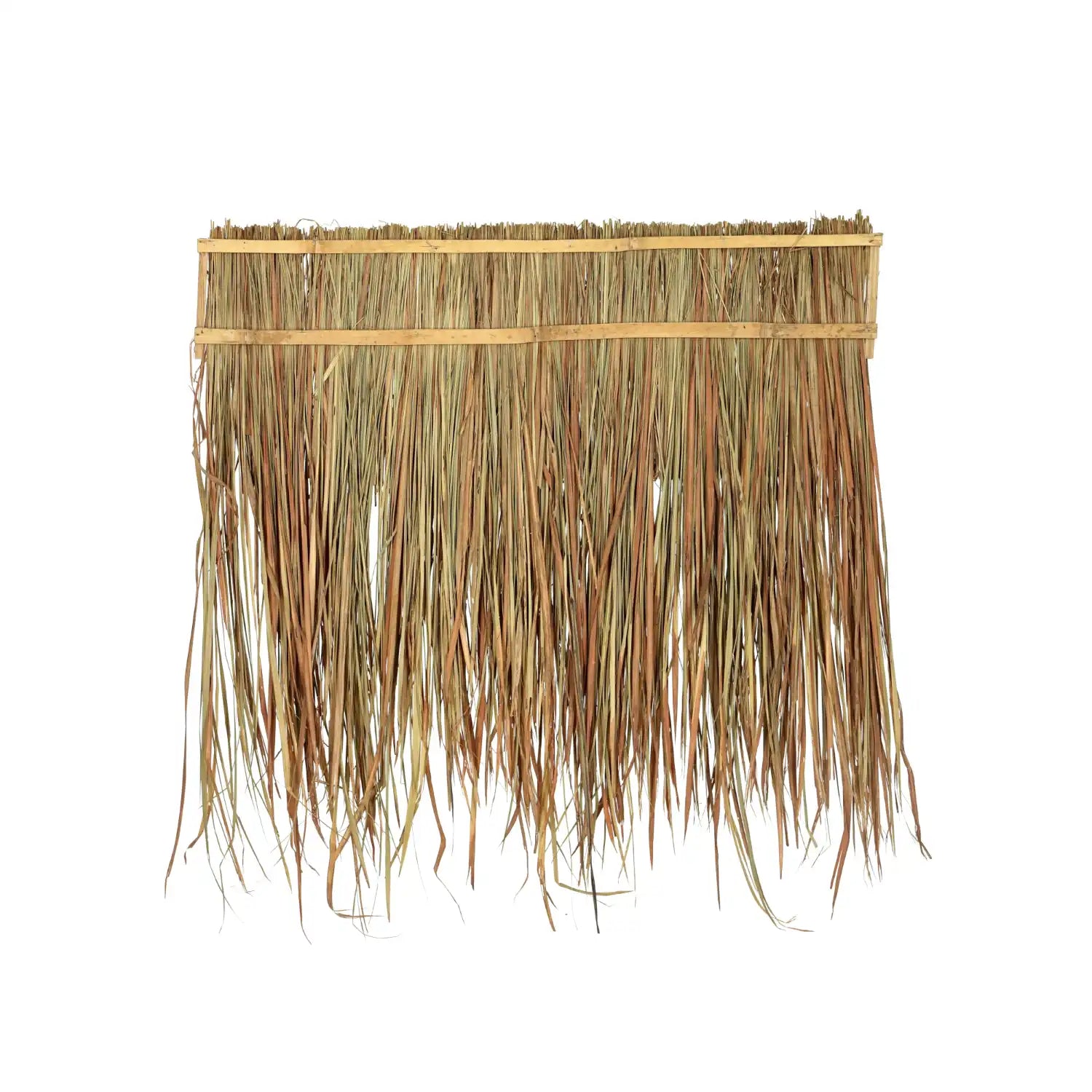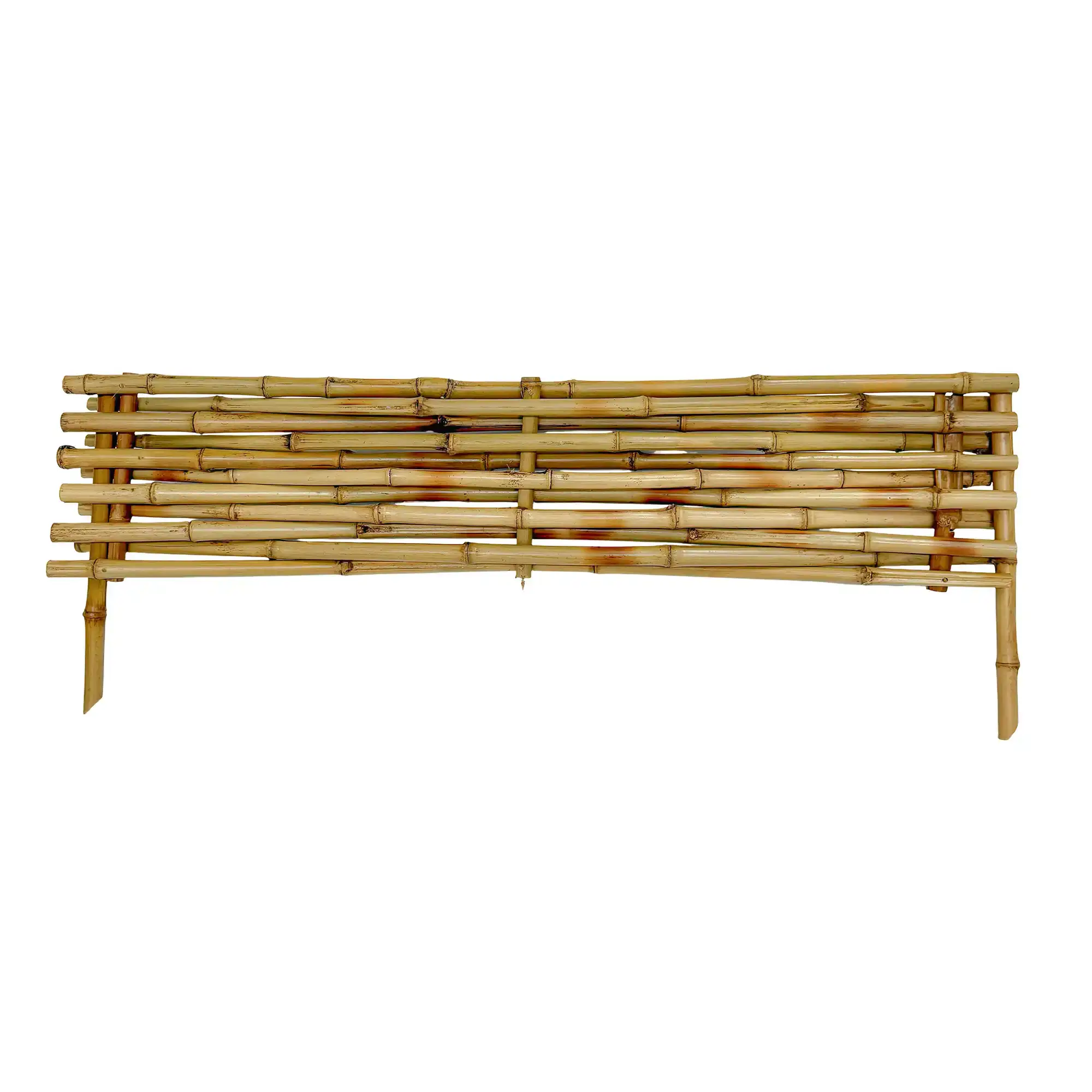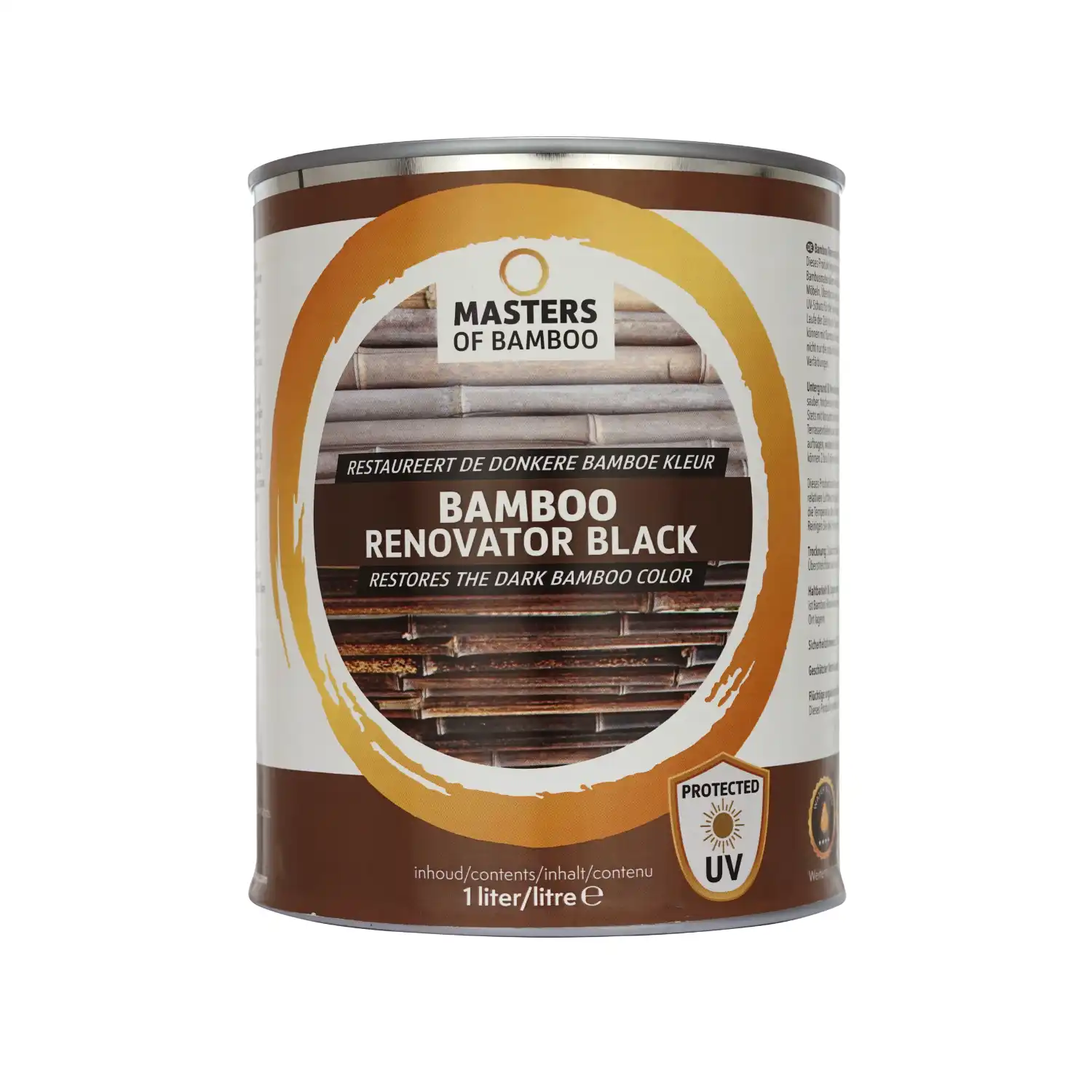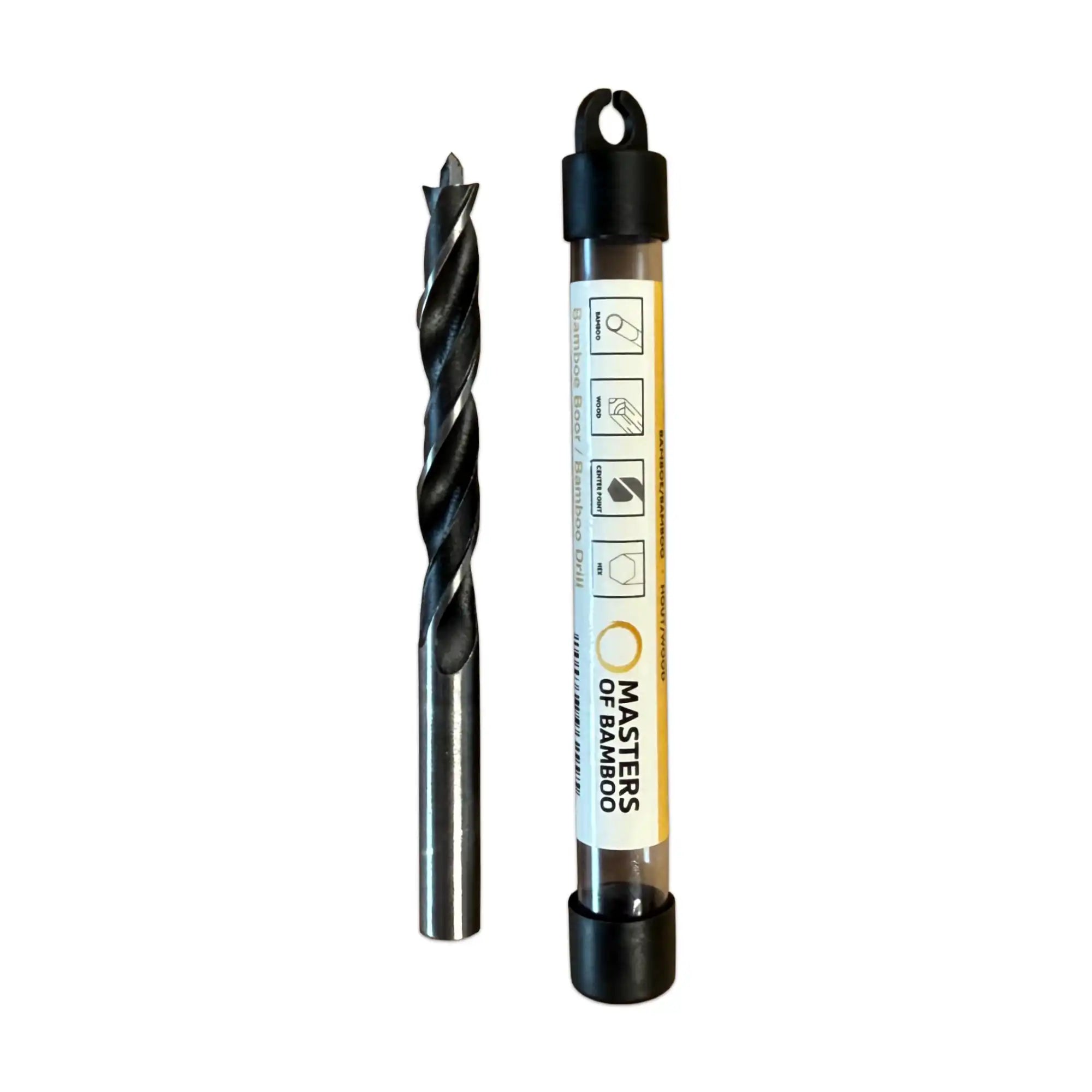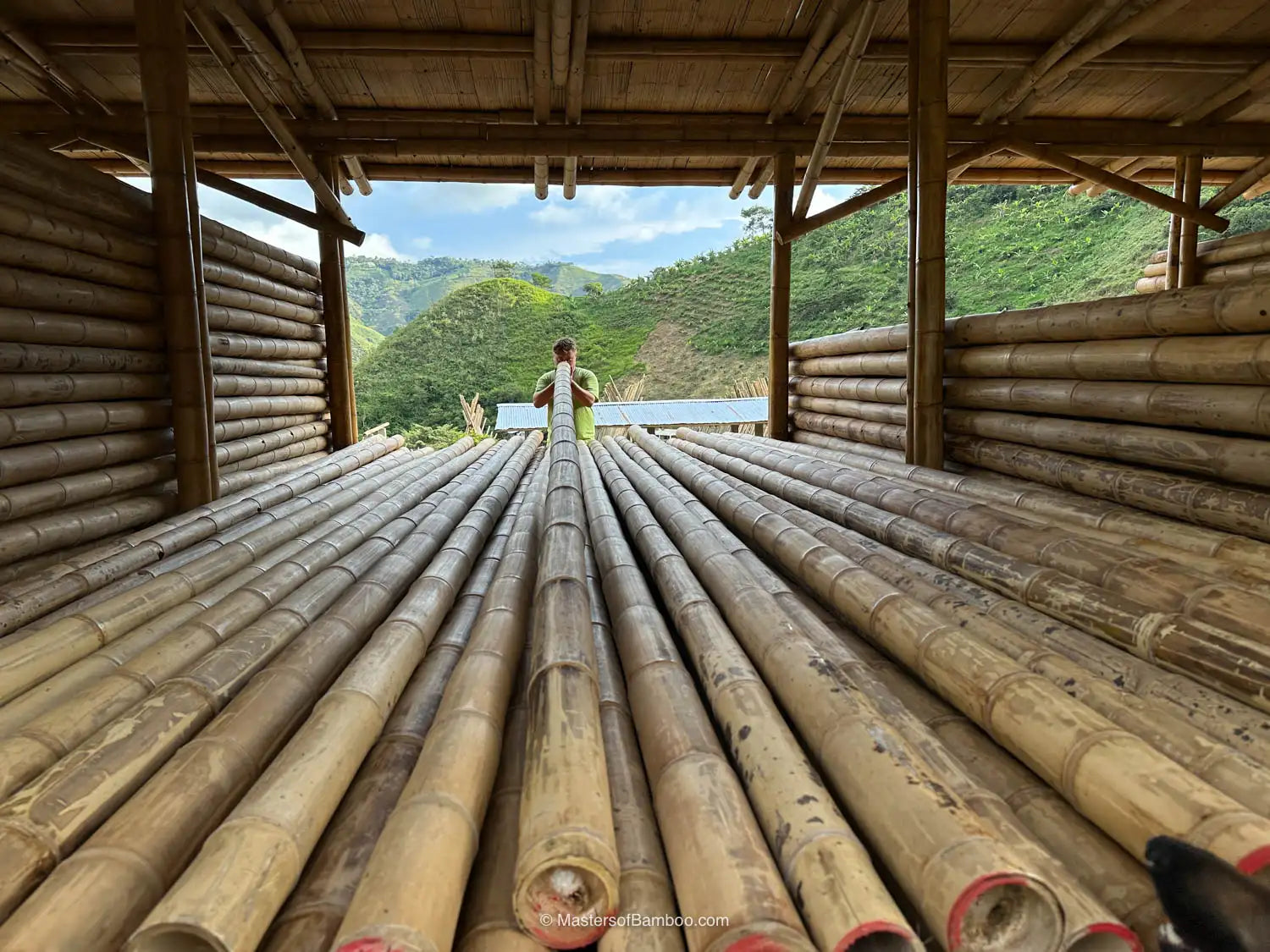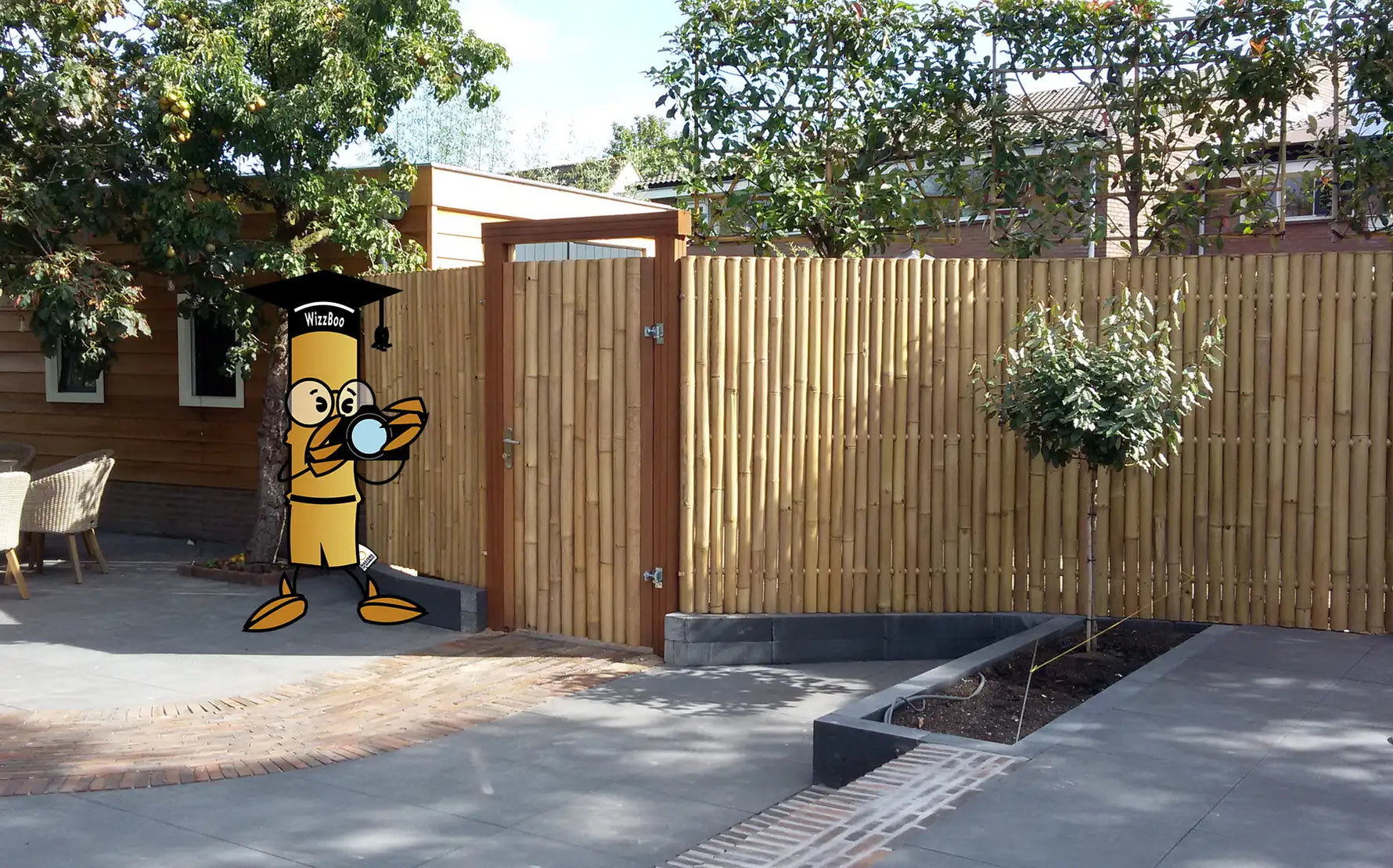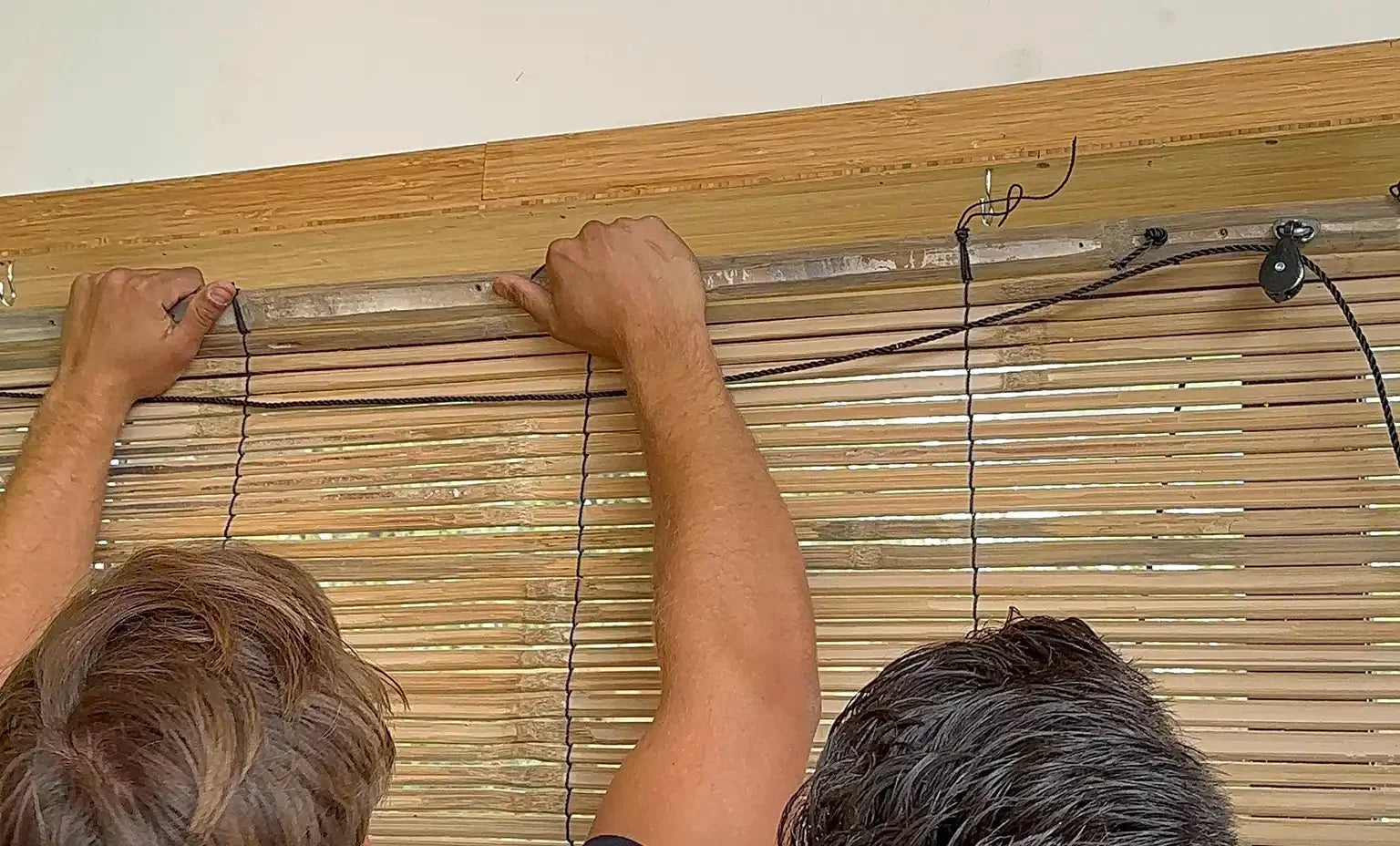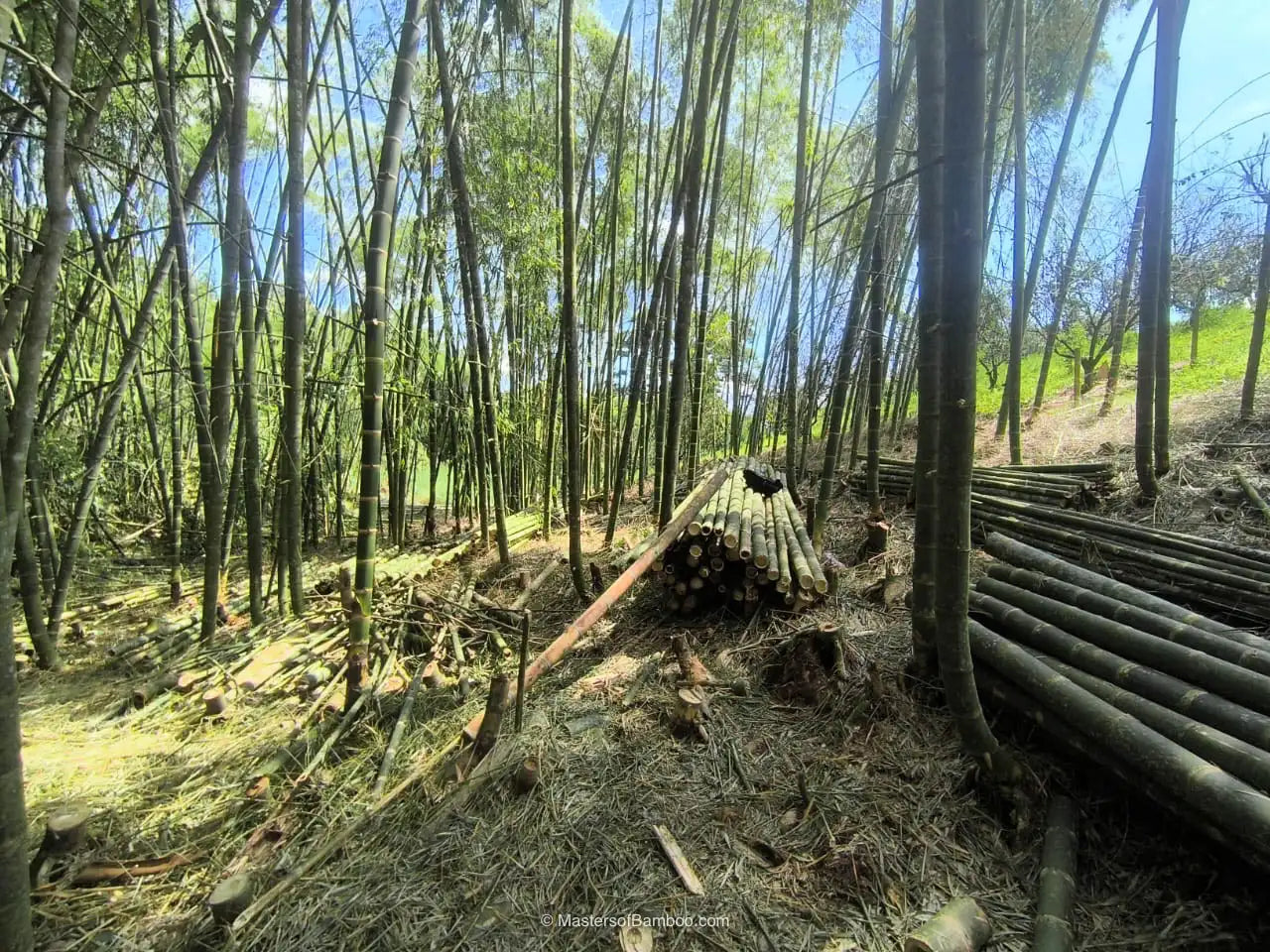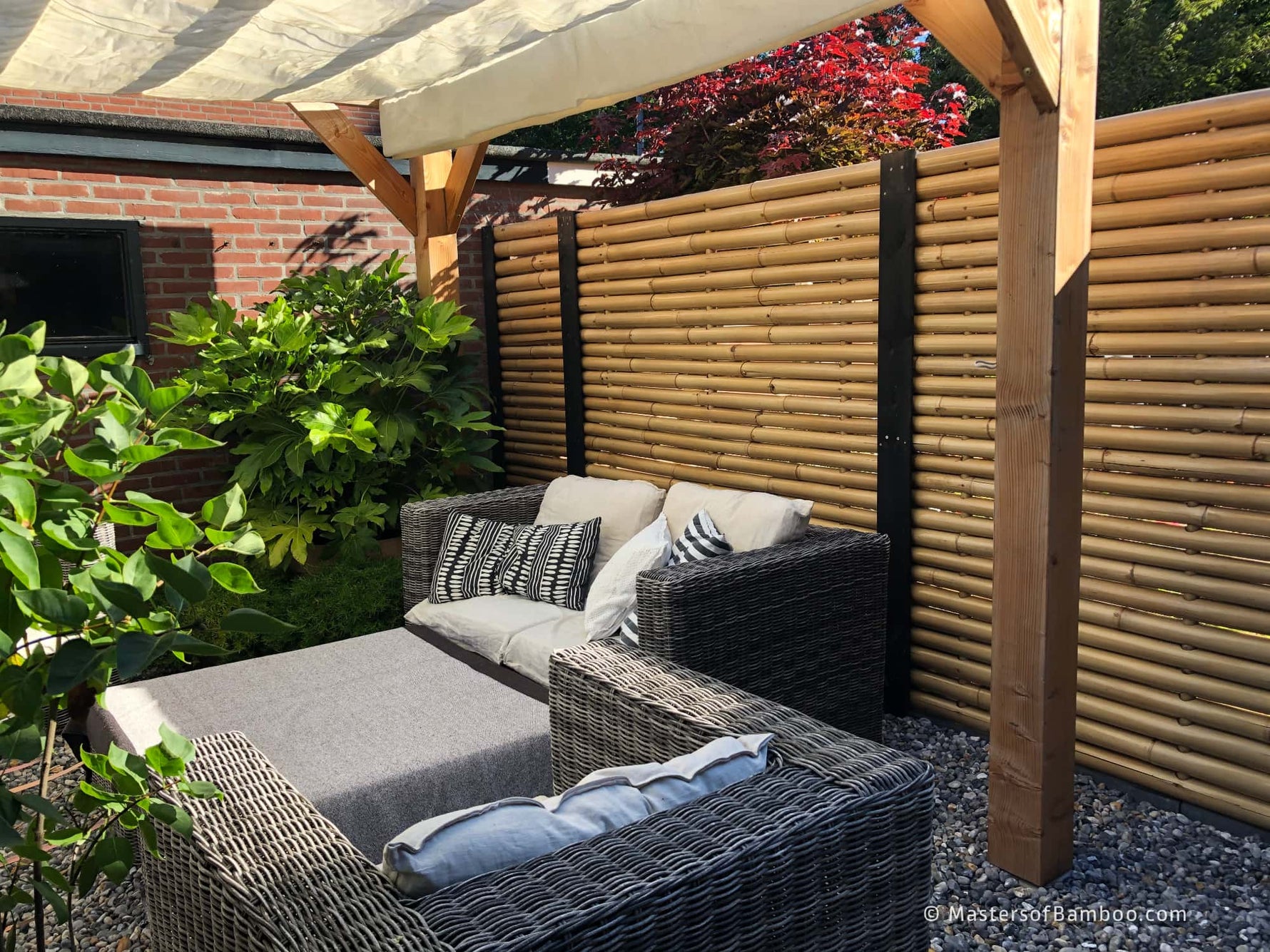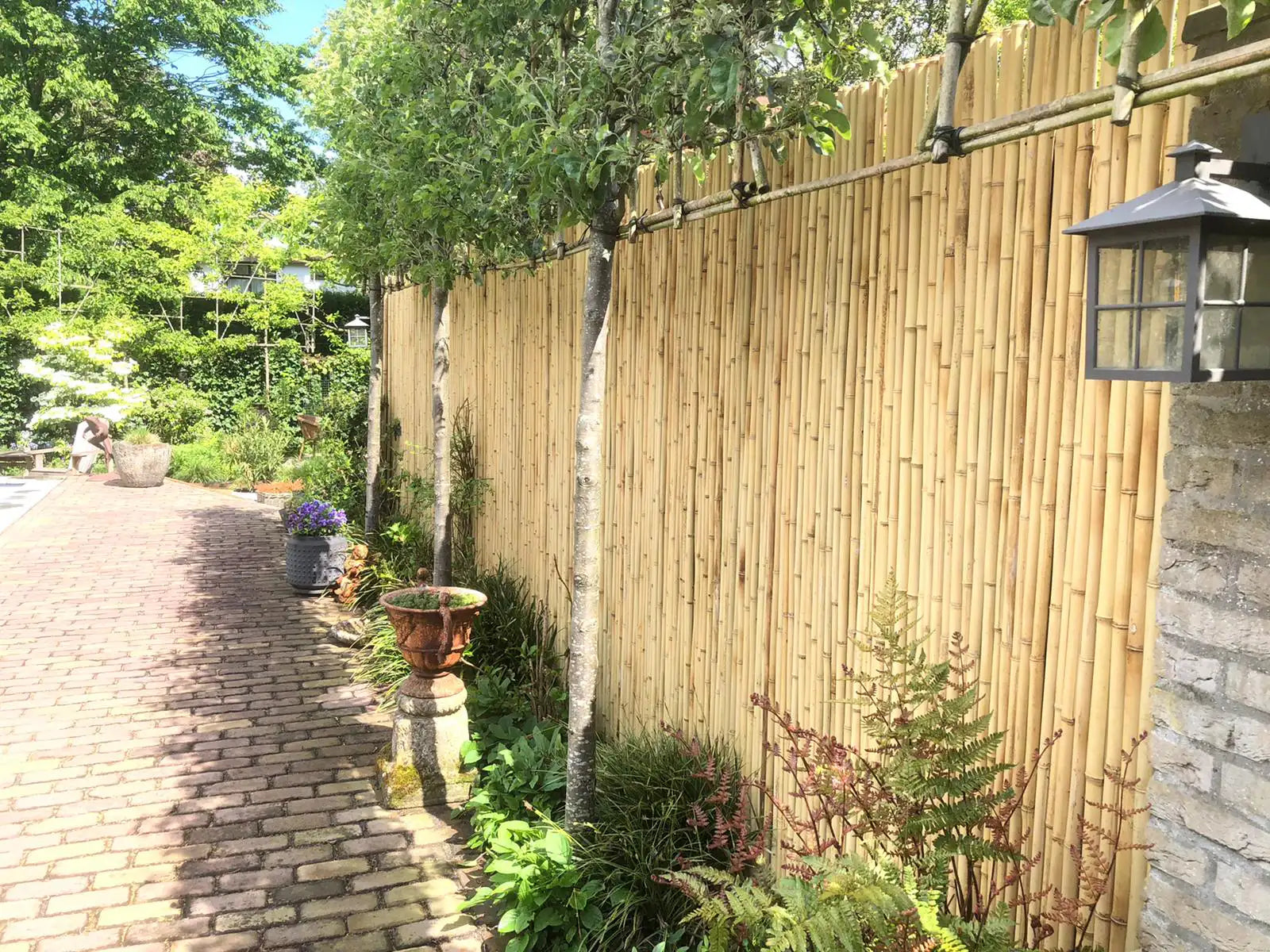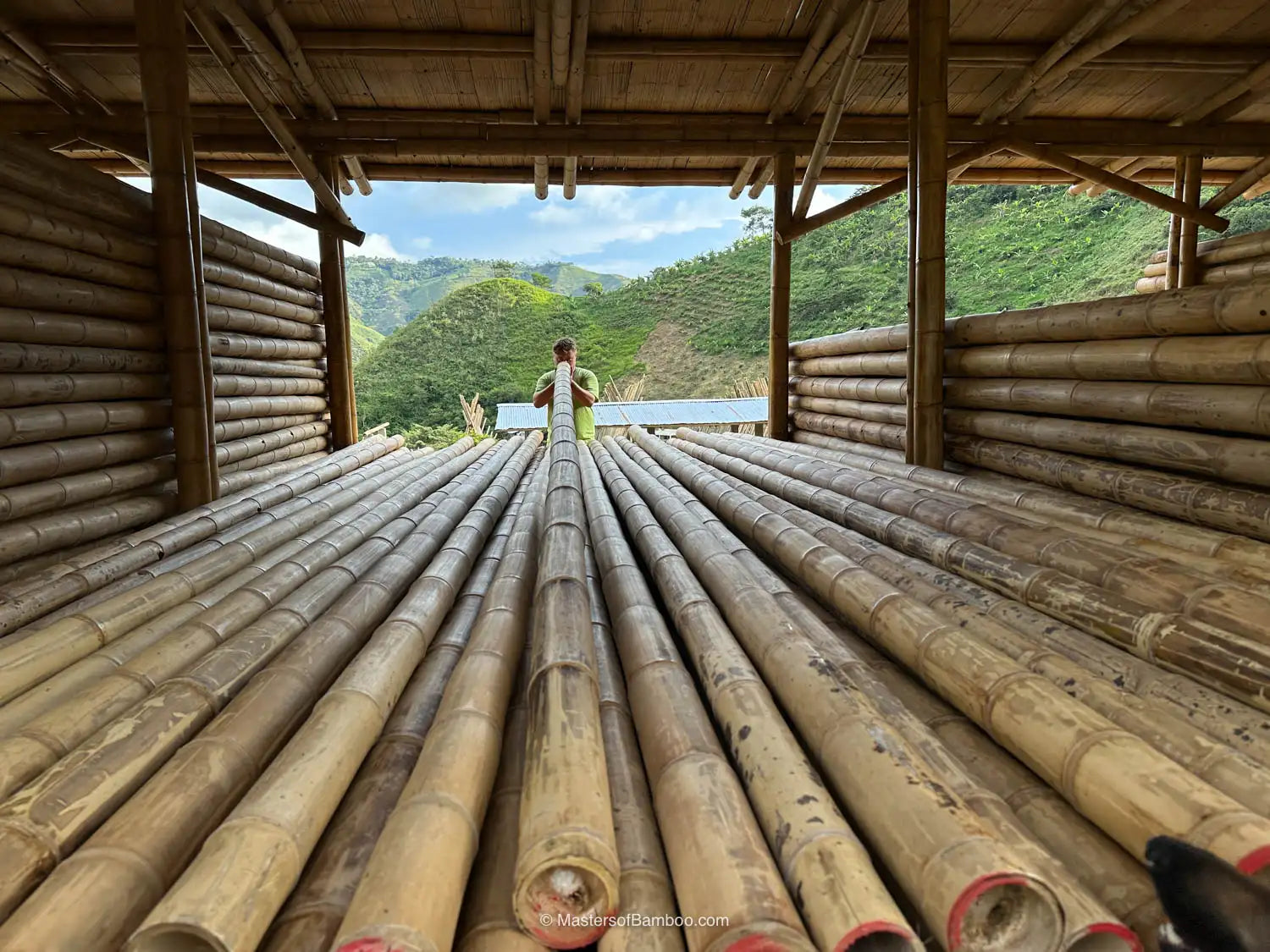
Dark spots on Guadua bamboo: a sign of maturity, hardness, and strength
Where do those dark spots come from?
Sometimes you see dark spots or blotches appear on Guadua bamboo stems. The exact cause of this hasn't been fully proven, but researchers now know they're caused by lichens . These are organisms often found on tree bark, stones, roof tiles, or walls. On bamboo, they cause a natural discoloration on the surface.
A sign of maturity
In bamboo forests and plantations, lichens are an important indicator of the age of the stems. When a Guadua angustifolia is about three years old, the first grayish-white spots and mosses appear on the outside.
Over time (usually between years four and six), the trunk becomes completely covered. This is the signal that the bamboo has reached its maximum hardness and is ready for harvesting.

The image here shows what those lichens look like. They're washed off during processing, but they sometimes leave dark spots behind.
Important: Lichens are not parasites. They don't damage the fibers, but instead feed on nutrients from the air and rain. Therefore, the discoloration remains superficial and doesn't affect the bamboo's strength or longevity.
Regional differences
In some places in Colombia, lichens cause dark patches, while in other regions this hardly occurs. A conclusive explanation is not yet available, but interesting observations have been made.
For example, the proximity of livestock appears to play a role: ammonia and a lower pH could enhance the reaction between the lichen and the bamboo. Factors such as humidity, light, and temperature also play a role.
A striking detail: Guadua grown at higher altitudes (around 1,600 meters) more often exhibits dark spots. Due to the cooler climate, the bamboo grows more slowly there, making the trunks harder and denser. This process is similar to how trees in colder regions produce stronger wood. This increased hardness improves the quality and makes the bamboo ideal for high-load-bearing structures. The dark spots are therefore a sign of strength and durability.
The charm of natural imperfection
In tropical countries, the spots are considered part of Guadua's natural beauty. Each tribe is unique, making the material unique. In the West, standards are often set differently: people are accustomed to smooth, uniform materials and are more likely to see imperfections as a drawback.
However, it's important to remember that Guadua bamboo is one of the strongest and most sustainable building materials in the world. The stems are rarely industrially processed, and even long-distance transport results in a carbon-negative footprint . Just as knots in wood are a natural characteristic, dark spots give bamboo character.
What was once seen as an imperfection is now a mark of quality.

Share
